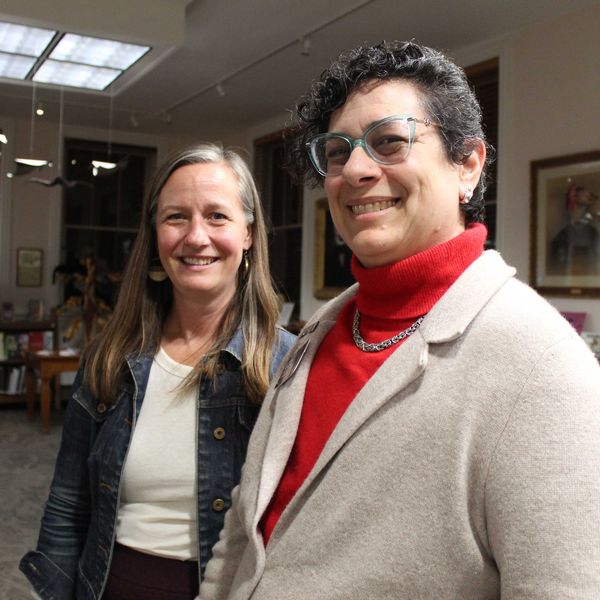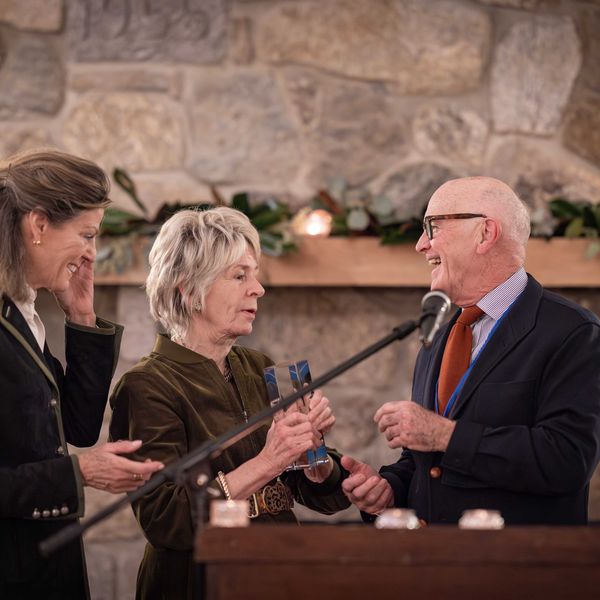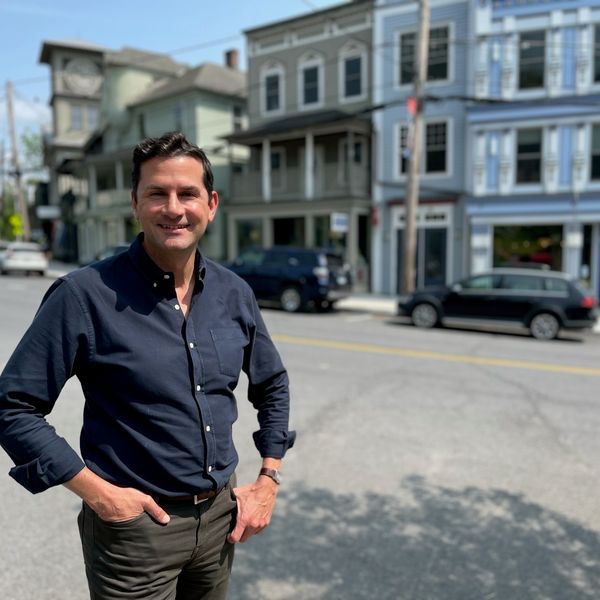Region’s HVAC systems go electric

Carissa Unite, manager at Oblong Books in Millerton, with one of the store’s electric ductless mini-split units for dispersing warm or cool air, depending on the season, using air-source heat pump technology.
Janna Siller
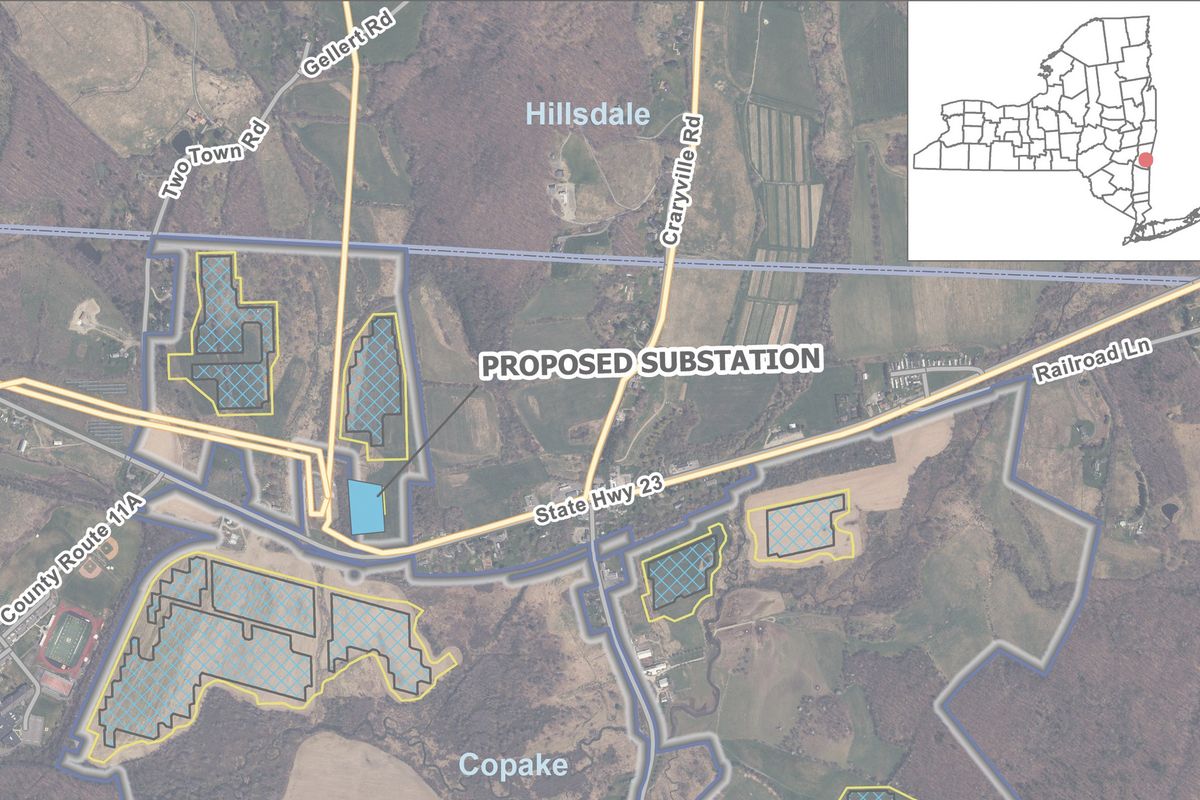
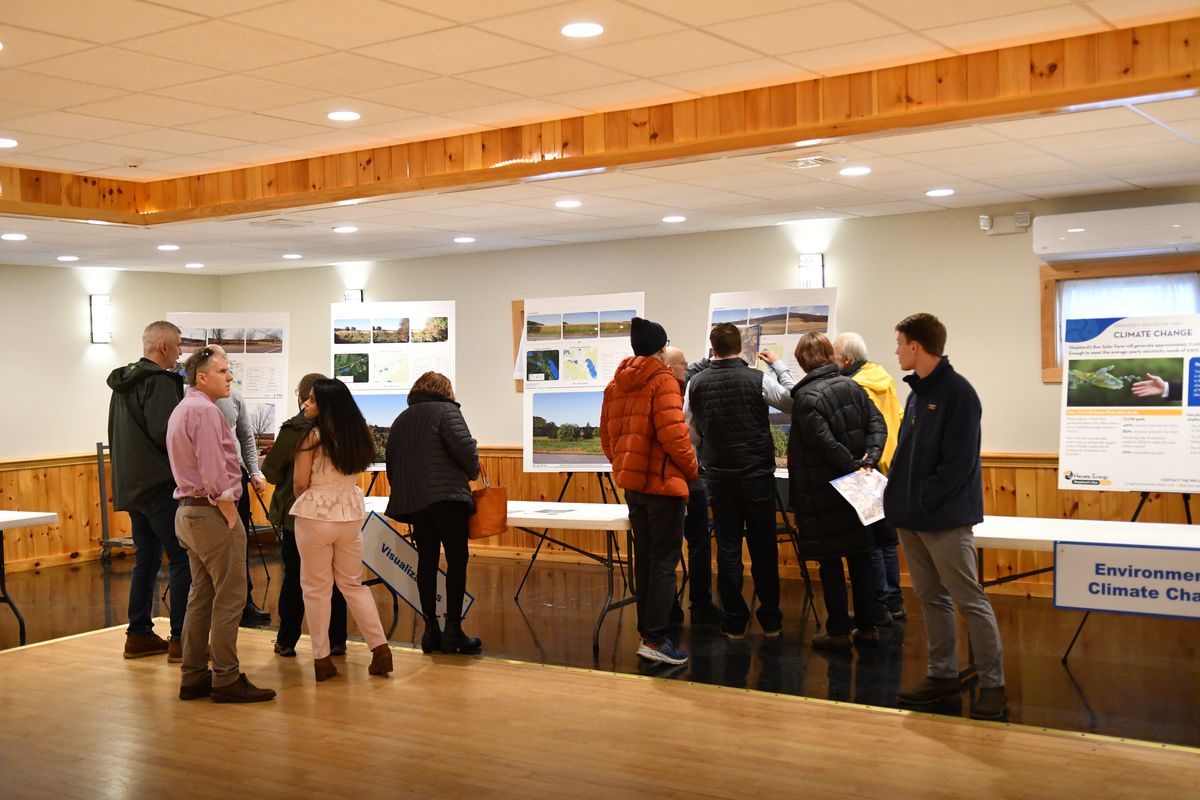

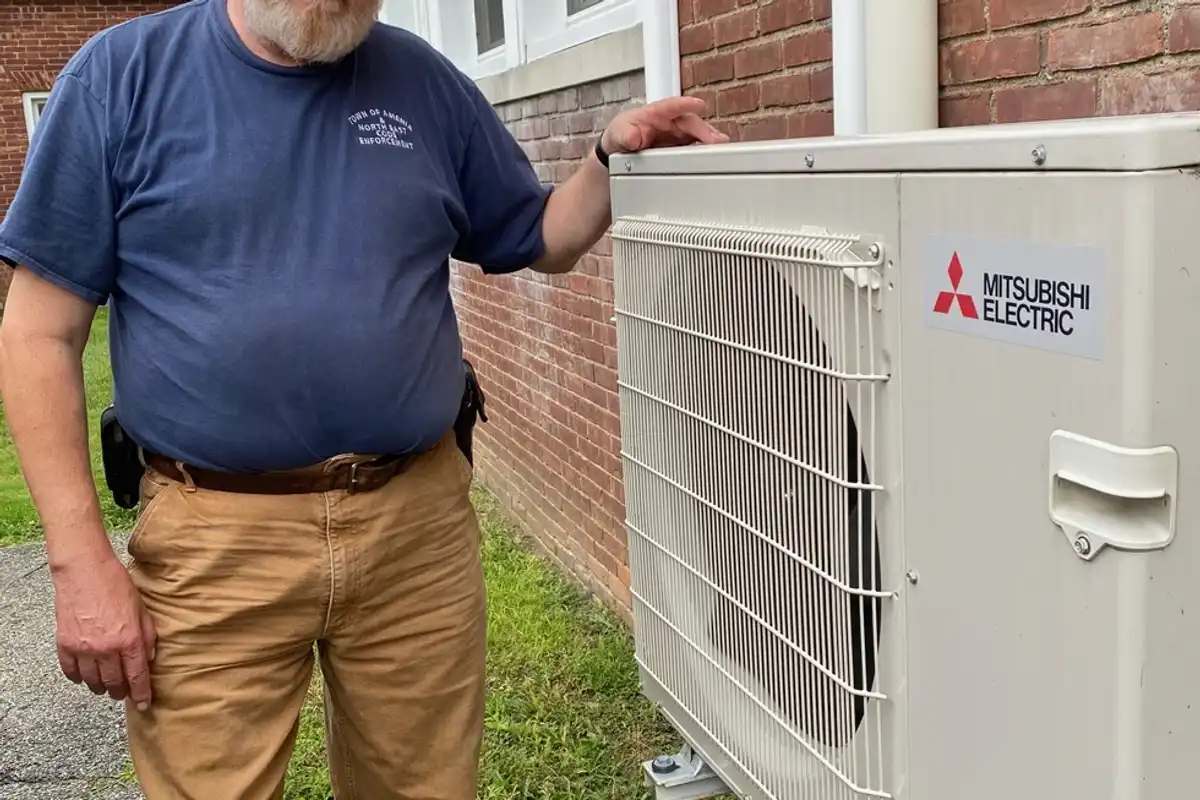

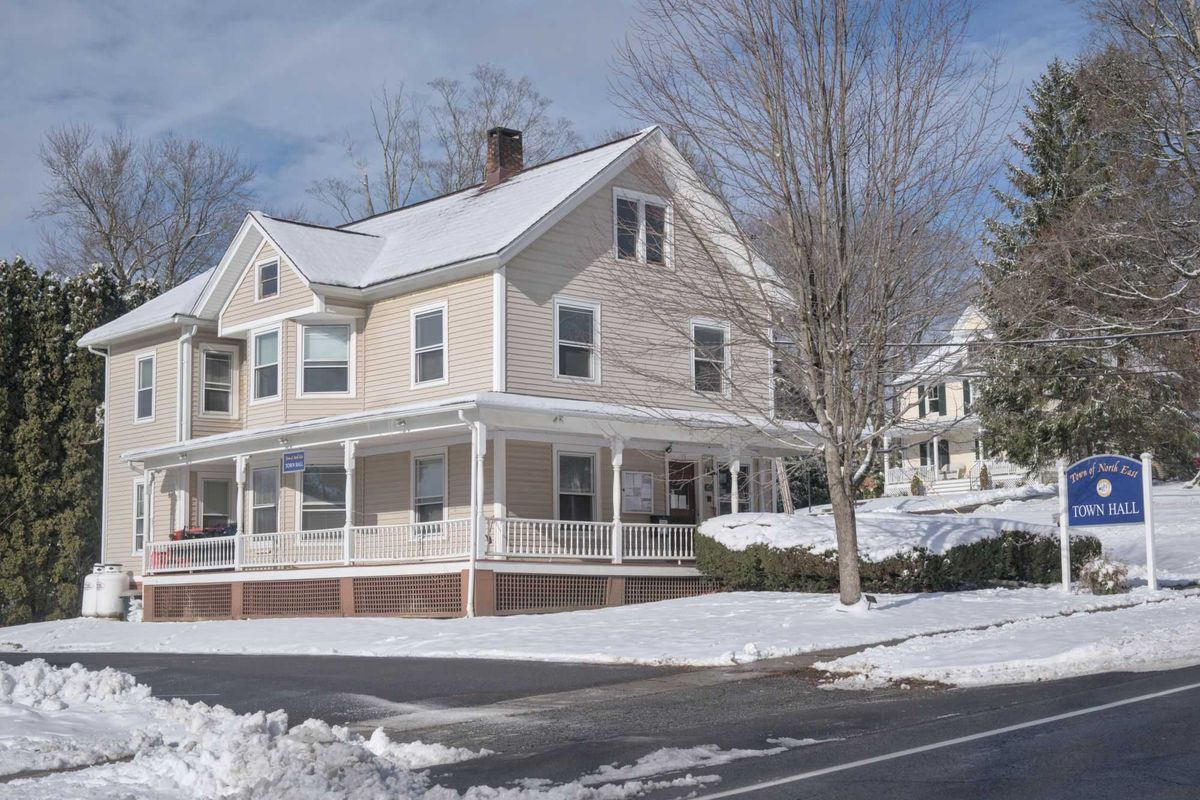
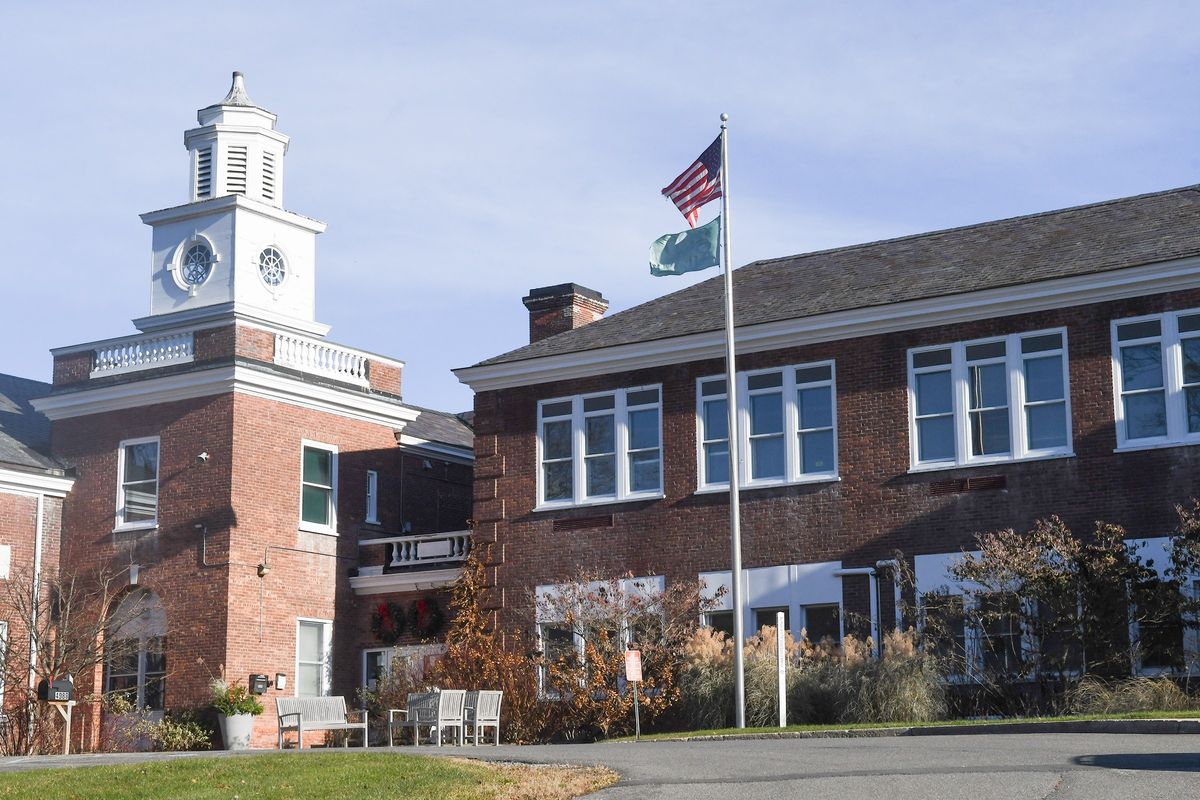







 Cover of “Les Flashs d’Anne”Jennifer Almquist
Cover of “Les Flashs d’Anne”Jennifer Almquist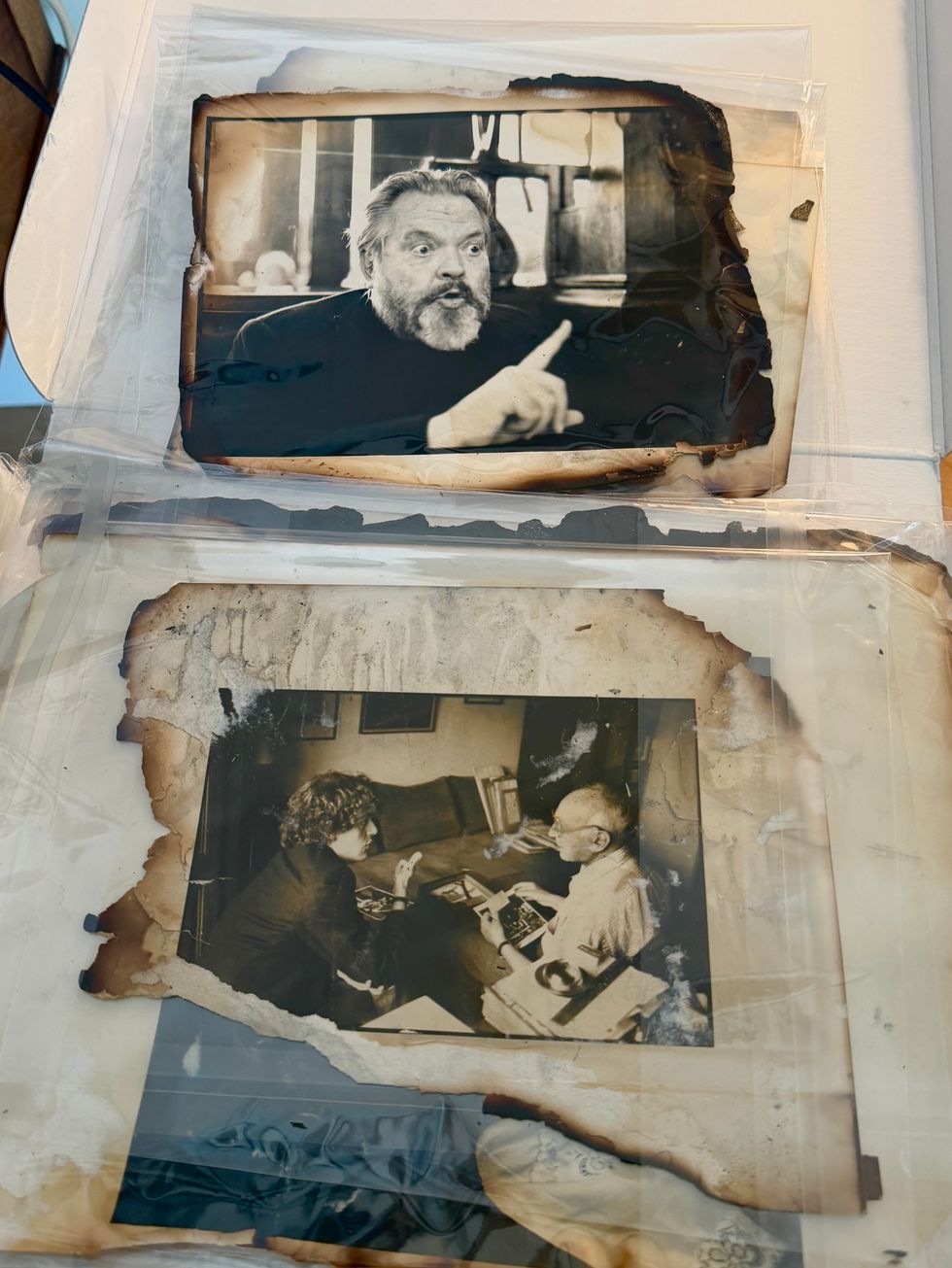 Orson Welles, top, and Hervé Guibert and André Kertész by Anne DayJennifer Almquist
Orson Welles, top, and Hervé Guibert and André Kertész by Anne DayJennifer Almquist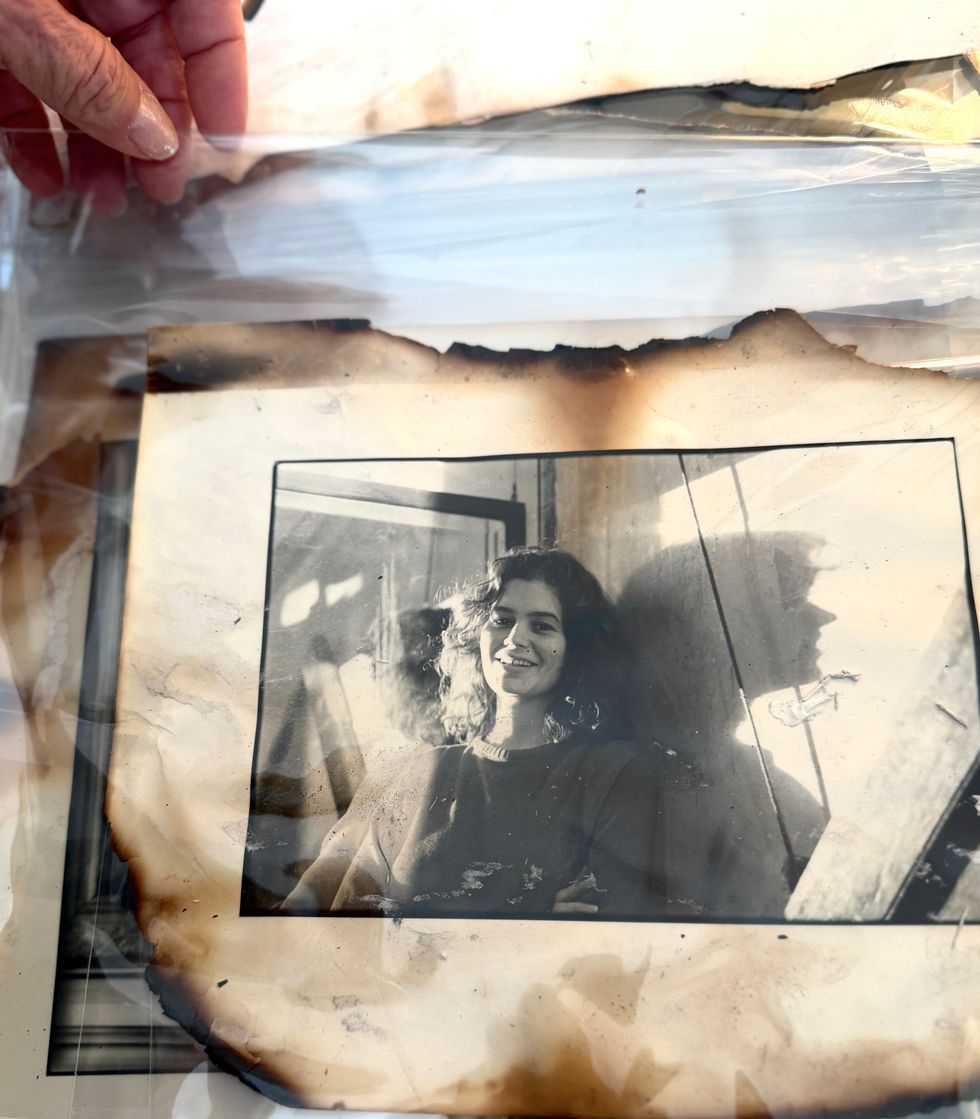 Self-portrait, New York City, 1981by Anne DayJennifer Almquist
Self-portrait, New York City, 1981by Anne DayJennifer Almquist